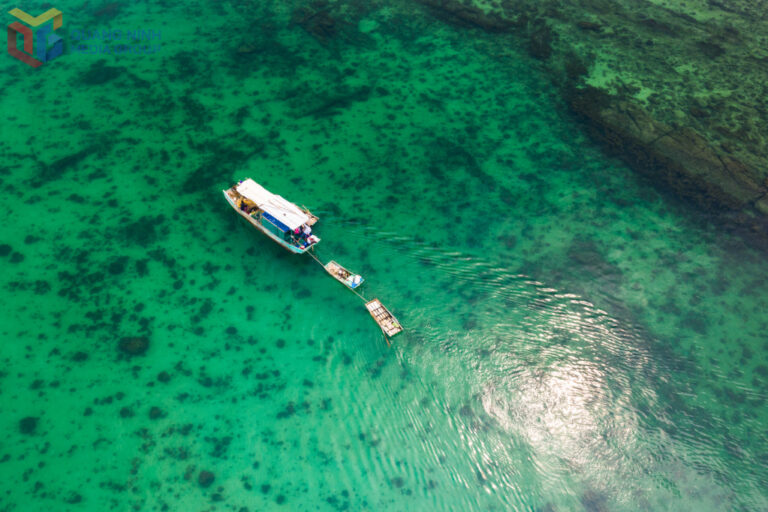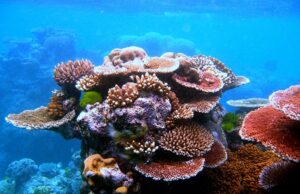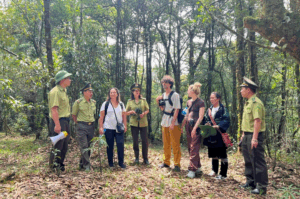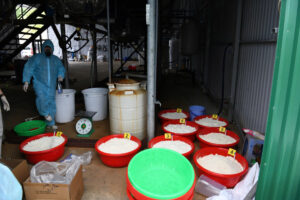On May 26, 2009, the UNESCO voted to recognise Ca Mau CapeNational Park as the world biosphere reserve, a move described as an important step to preserve the biodiversity of the flooded forest as well as humanity value for the sake of sustainable development.
Ca Mau Cape World Biosphere Reserve consists of Ca Mau Cape National Park (in Ngoc Hien district) and U Minh Ha National Park (U Minh district) in Ca Mau province. The reserve covers over 371,000 ha with three zones: the core zone with 17,329ha, the buffer zone with 43,309 ha and transient area with 310,868 ha.
Researches from the Ca Mau Department of Science and Technology showed that reserves in Ca Mau Cape are diverse, reflected in unique biosphere, rarely seen in the world.
With characteristic ecosystems like mangrove forest ecosystem, flooded peat ecosystem and maritime ecosystem, the biosphere reserve is the common home for thousands of creatures and the shelter of geological resources. According to the survey of the Ca Mau Mangrove Forest Research Centre, in 2006, the ecosystem had 22 species of salt-marsh trees, 13 animal species, with two listed in the World Red Book, namely Macaca fascicularis and Trachypithecus cristatus and four in the Vietnam Red Book, 74 bird species in 23 families and 28 migrant bird species, including many listed in red books.
U Minh Ha National Park has a reserve of 6,000 ha of peat formulated thousands of years ago which are good to the environment and the life of local people. The park is home to 58 bird species in 21 families, with many stated in red books, 26 reptile species in 12 families, with seven in the Vietnam Red Book and two in the World Red Book. The park is found to have 15 animal species in nine families with three listed in the Vietnam Red Book and one in the World Red Book.
Apart from mangrove, the Ca Mau fauna also has aegieras, cypress, date-palm and ferns.
The area of Ca Mau Cape National Park is enlarging its area thanks to its sea ingression, expanding the habitat for many species of water creatures. The park is also the supplier of natural breeding animals for Ca Mau province and southern provinces. According to the UNESCO, the Ca Mau Cape represents the linkage of new alluvial ecosystems.














